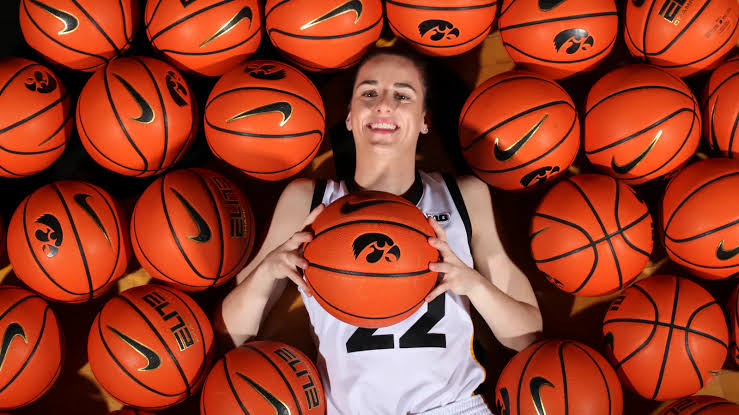The WNBA has been at the forefront of women’s sports, especially following the emergence of standout talents like Caitlin Clark. Her electrifying performances have not only captivated fans but also brought unprecedented attention to the league. However, despite this surge in interest, reports indicate that the WNBA is still grappling with significant financial challenges, leading to concerns among investors and stakeholders.
Caitlin Clark, the star guard from the University of Iowa, has become a household name. Her exceptional skill set, ability to score from anywhere on the court, and charismatic personality have drawn large audiences to women’s college basketball. Her performances during the NCAA tournament, particularly in leading Iowa to the championship game, broke viewership records and showcased the potential for women’s sports to attract massive audiences. This wave of excitement surrounding Clark has led many to believe that it could translate into increased viewership and financial success for the WNBA.
Despite this enthusiasm, the WNBA has been reported to be losing millions of dollars annually. The league has faced persistent challenges, including limited television contracts, lower attendance figures compared to other major sports leagues, and difficulties in securing sponsorships. While the interest in women’s sports is rising, translating that interest into substantial revenue has proven to be complex.
Investors are particularly concerned about the financial sustainability of the league. Many had hoped that the buzz surrounding players like Clark would lead to a significant boost in ticket sales and merchandise. However, the reality is that the league’s financial model still struggles to keep pace with the popularity of its stars. Despite individual players gaining recognition, the overall growth in revenue has not met expectations.
One of the core issues lies in the league’s broadcasting agreements. The WNBA’s current deals, while better than in previous years, still lag behind those of men’s leagues. As a result, the revenue generated from television rights remains a fraction of what the NBA and other major leagues earn. This gap creates a significant disparity in funding, impacting player salaries, marketing budgets, and overall league visibility.
Additionally, attendance at WNBA games, while improving, often does not match the enthusiasm displayed during pivotal moments in women’s college basketball. The WNBA’s average attendance has seen fluctuations, and the league continues to face challenges in capturing the same fervor that fans exhibit for college games. This inconsistency can deter potential sponsors and partners who may be looking for a more stable investment.
Moreover, the WNBA’s efforts to expand its brand globally have not yet yielded the desired results. While international interest is growing, especially in countries like Australia and the United Kingdom, the league has not effectively tapped into these markets. Expanding its footprint is crucial, as many leagues thrive on global viewership and sponsorship opportunities that arise from international markets.
The financial struggles of the WNBA are compounded by the need for more extensive marketing efforts. While players like Clark bring visibility, the league must invest in comprehensive marketing strategies to elevate the profiles of all its athletes and teams. This could involve enhanced social media campaigns, partnerships with influencers, and community engagement initiatives that resonate with a broader audience.
As the WNBA navigates these financial challenges, it remains crucial for the league to capitalize on the momentum generated by standout athletes. Strategies to enhance fan engagement, increase visibility, and improve the overall fan experience will be pivotal in transforming enthusiasm into financial success.
While the excitement around Caitlin Clark and other players highlights the potential for growth within the WNBA, addressing the league’s financial issues remains essential. Investors and stakeholders are looking for sustainable solutions that can turn interest into revenue, ensuring that the WNBA not only survives but thrives in the competitive sports landscape.




